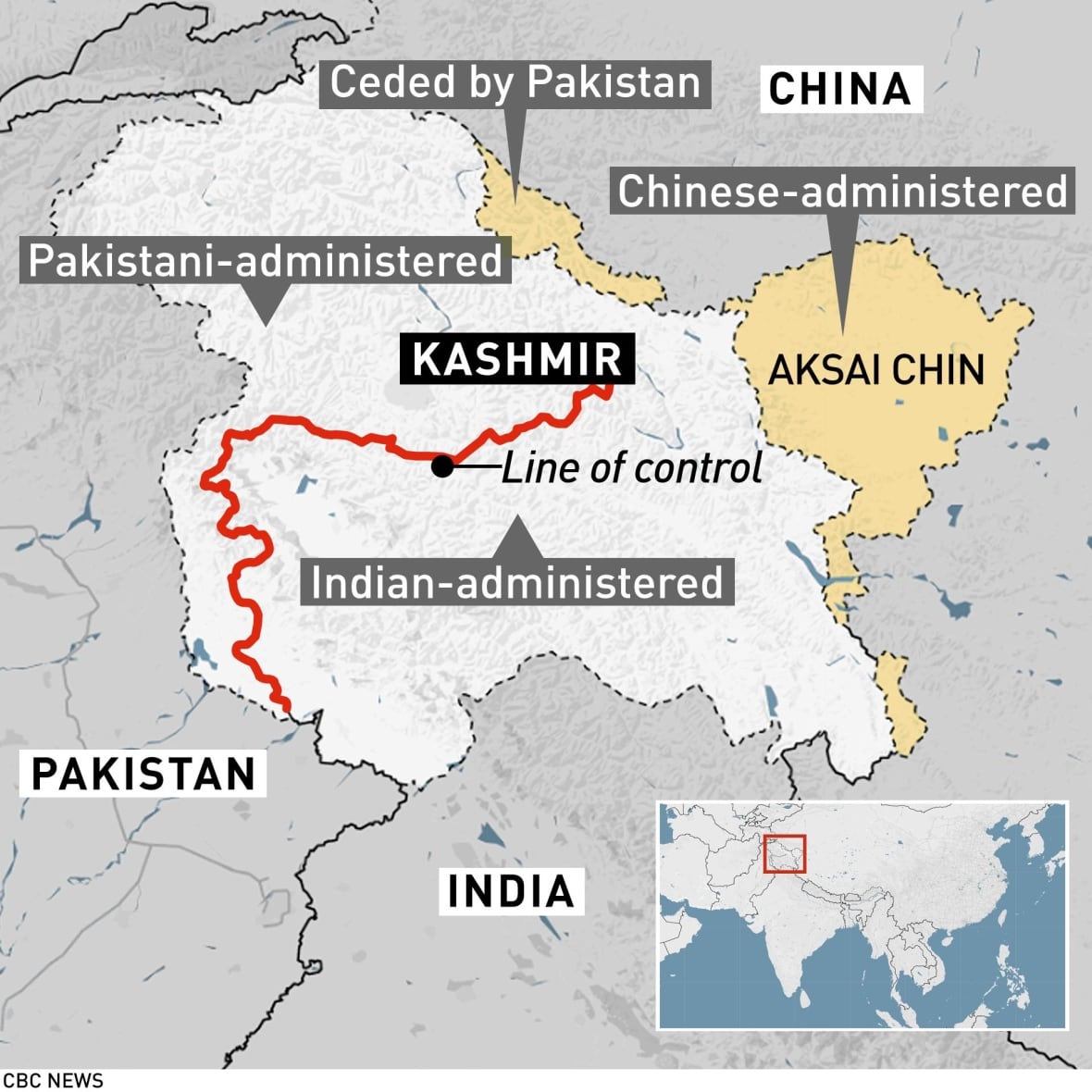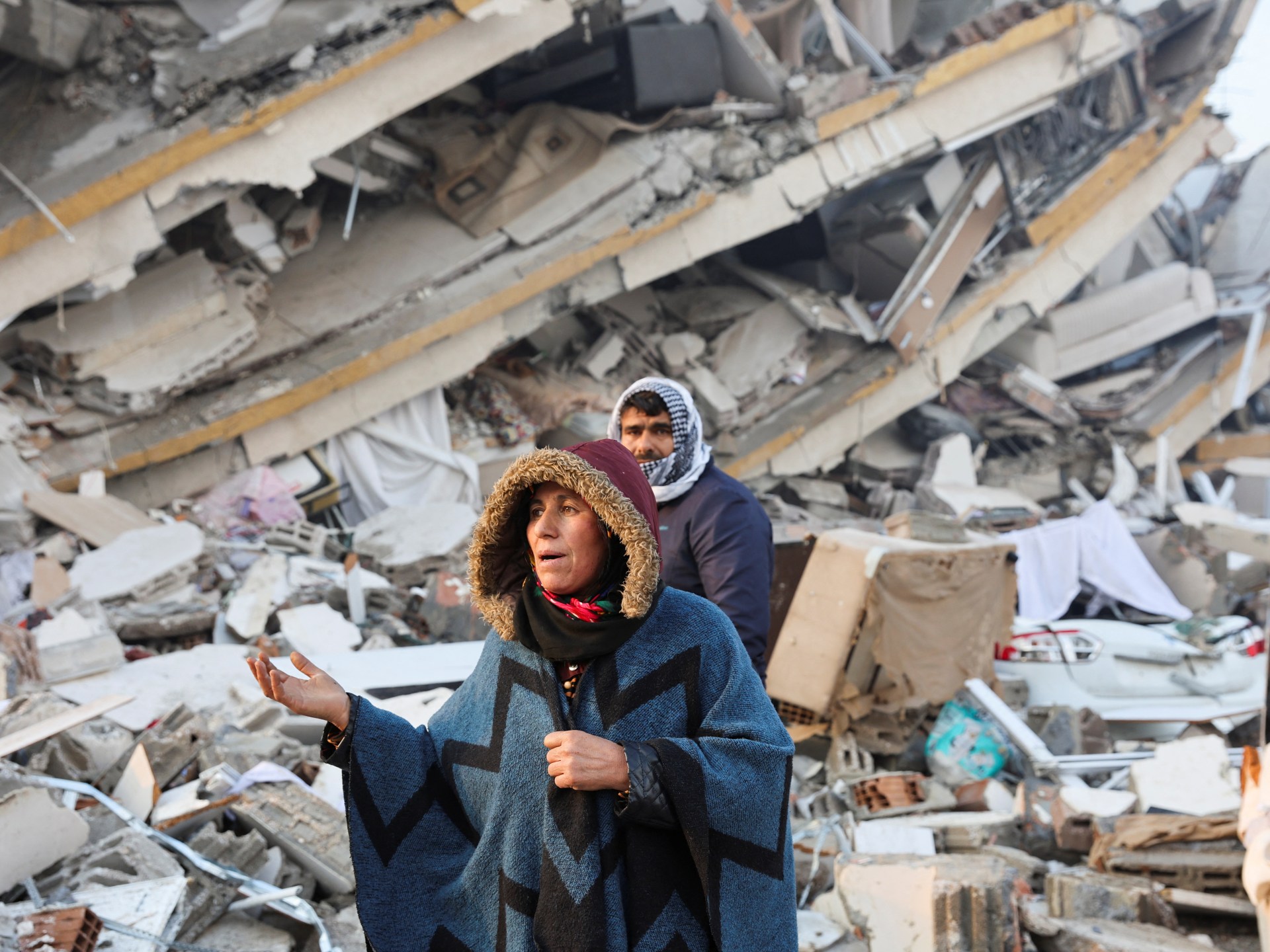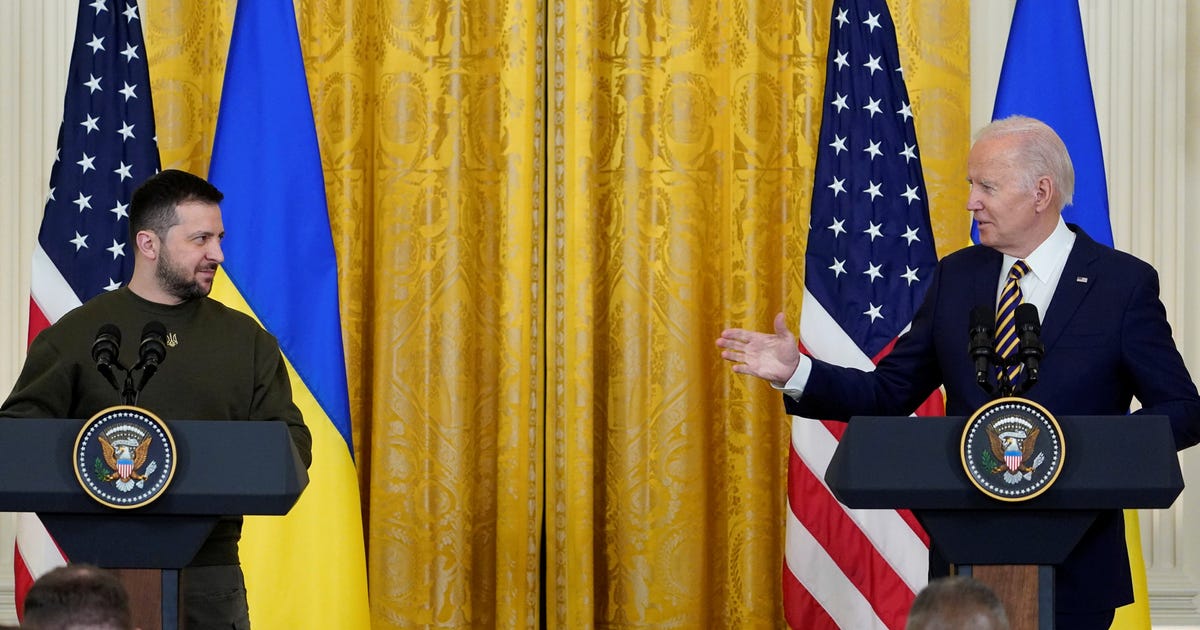The Kashmir Issue: A Critical Analysis Of India-Pakistan Tensions And The Potential For War

Table of Contents
H2: Historical Roots of the Kashmir Conflict
The Kashmir conflict's origins lie in the turbulent partition of British India in 1947. The princely state of Jammu and Kashmir, ruled by Maharaja Hari Singh, initially opted for independence. However, faced with a tribal invasion supported by Pakistan, Maharaja Hari Singh acceded to India in exchange for military assistance. This accession, however, was immediately challenged by Pakistan, leading to the first of several Indo-Pakistani wars. The conflict solidified the division of Kashmir into Indian-administered Jammu and Kashmir, and Pakistan-administered Azad Kashmir and Gilgit-Baltistan.
Key historical events have further shaped the conflict, including:
- The Simla Agreement (1972): This agreement aimed to improve relations and address the Kashmir issue through bilateral discussions, but it ultimately failed to resolve the core dispute.
- The Lahore Declaration (1999): This declaration signaled a renewed commitment to dialogue and peaceful resolution, but progress was hampered by subsequent events, including the Kargil War.
Several disputed territories within Kashmir fuel the ongoing tension:
- Aksai Chin: A large area controlled by China, claimed by both India and Pakistan.
- Siachen Glacier: A strategically important high-altitude region controlled by India, resulting in ongoing military presence.
Various peace initiatives, including those involving third-party mediation attempts by international actors like the UN, have yielded limited success. The international community's role in mediating the conflict remains complex and often constrained by the geopolitical dynamics involved.
H2: The Geopolitical Dimensions of the Kashmir Issue
Kashmir's strategic location at the crossroads of India, Pakistan, and China gives it immense geopolitical significance. Its resources, including water from the Indus River system, further enhance its importance. The China-Pakistan Economic Corridor (CPEC), a major infrastructure project passing through Pakistan-administered Kashmir, adds another layer of complexity, deepening China's involvement in the dispute. This involvement significantly alters the regional power dynamic and raises concerns about India's strategic security.
The influence of external actors like the US, while often aimed at promoting peace, also shapes the conflict’s trajectory. Their policies and engagement (or lack thereof) profoundly impact the ability of India and Pakistan to find common ground. The regional security implications of an escalation are immense, potentially destabilizing the entire South Asian region and drawing in other global powers.
- The China-Pakistan Economic Corridor (CPEC): Its construction through disputed territories further complicates the already sensitive situation and strengthens the China-Pakistan alliance.
- The influence of global powers: The US and other global actors often exert influence through diplomatic channels and sanctions, but their impact on conflict resolution has been limited.
- Regional security implications: A full-scale war could have devastating consequences, with the potential for nuclear escalation.
H2: Human Rights and the Kashmir Conflict
The Kashmir conflict has a devastating impact on human rights. Reports from human rights organizations, including Amnesty International and Human Rights Watch, document numerous violations, ranging from extrajudicial killings and enforced disappearances to restrictions on freedom of speech and assembly. These violations disproportionately affect the civilian population, leading to displacement, trauma, and economic hardship. The prolonged conflict has severely hampered socio-economic development in the region.
- Specific examples of human rights violations: Numerous reports detail instances of torture, arbitrary arrests, and restrictions on movement.
- The role of the media: The media plays a critical role in reporting on the conflict, but access to information is often restricted, leading to biased or incomplete reporting.
- The impact on socio-economic development: The continuous conflict severely hinders economic progress, education, and healthcare in Kashmir.
The international community's response to the humanitarian crisis has been inconsistent, highlighting the need for greater pressure on all parties to respect human rights and international law.
H2: The Potential for War and Pathways to Peace
The current level of tension between India and Pakistan remains high, fueled by continued cross-border violence and inflammatory rhetoric. The potential consequences of a full-scale war are catastrophic, considering both countries’ substantial military capabilities, including nuclear arsenals. The risk of nuclear escalation adds an even more alarming dimension to this already precarious situation.
Pathways to peace require a renewed commitment to dialogue and diplomacy. Confidence-building measures, such as demilitarization initiatives and increased cross-border communication, are crucial. International mediation, involving neutral third parties, could help facilitate a meaningful dialogue. Importantly, citizen diplomacy and grassroots peacebuilding initiatives play a vital role in fostering understanding and reconciliation.
- Military capabilities of India and Pakistan: Both nations possess advanced military technologies, including nuclear weapons, increasing the potential for widespread destruction.
- The potential for nuclear escalation: The possibility of nuclear conflict remains a significant concern, with devastating global consequences.
- The role of diplomacy: Sustained diplomatic engagement, with a focus on addressing underlying grievances, is essential for a lasting solution.
- The importance of citizen diplomacy: Grassroots peace initiatives and people-to-people contact can significantly contribute to building trust and fostering dialogue.
3. Conclusion:
The Kashmir issue is a complex and multifaceted conflict with deep historical roots and significant geopolitical implications. The ongoing violence and human rights abuses demand urgent attention. Finding a peaceful resolution requires addressing the root causes of the conflict, including the disputed territories and the need for self-determination for the Kashmiri people. It’s vital to acknowledge the human cost and strive for a lasting solution that prioritizes peace, justice, and human rights.
We urge readers to learn more about the Kashmir issue, engage in informed discussions, and support initiatives promoting peace and dialogue between India and Pakistan. Further research into the specific aspects of the Kashmir conflict, including the role of international actors and the impact of human rights violations, is crucial. Advocate for a peaceful resolution of the India-Pakistan tensions stemming from the Kashmir problem. Only through sustained efforts towards dialogue, understanding, and compromise can a lasting peace be achieved.

Featured Posts
-
 Okc Thunders Sharp Words For National Media Outlets
May 08, 2025
Okc Thunders Sharp Words For National Media Outlets
May 08, 2025 -
 Rezultaty Vsekh Matchey Arsenal Ps Zh V Evrokubkakh
May 08, 2025
Rezultaty Vsekh Matchey Arsenal Ps Zh V Evrokubkakh
May 08, 2025 -
 Ps 5 Pro Upgrade What We Know So Far
May 08, 2025
Ps 5 Pro Upgrade What We Know So Far
May 08, 2025 -
 Heres The Complete March 2024 Ps Plus Premium And Extra Games List
May 08, 2025
Heres The Complete March 2024 Ps Plus Premium And Extra Games List
May 08, 2025 -
 Carneys First D C Meeting Labeling Trump Transformational
May 08, 2025
Carneys First D C Meeting Labeling Trump Transformational
May 08, 2025
Latest Posts
-
 Grayscale Xrp Etf Filing And Sec Action Xrps Market Dominance Over Bitcoin
May 08, 2025
Grayscale Xrp Etf Filing And Sec Action Xrps Market Dominance Over Bitcoin
May 08, 2025 -
 Xrps Surge Outpacing Bitcoin And Other Cryptocurrencies After Secs Grayscale Etf Filing
May 08, 2025
Xrps Surge Outpacing Bitcoin And Other Cryptocurrencies After Secs Grayscale Etf Filing
May 08, 2025 -
 Xrp To 5 In 2025 A Comprehensive Look At The Potential
May 08, 2025
Xrp To 5 In 2025 A Comprehensive Look At The Potential
May 08, 2025 -
 Will Xrp Hit 5 By 2025 Exploring The Possibilities
May 08, 2025
Will Xrp Hit 5 By 2025 Exploring The Possibilities
May 08, 2025 -
 The Secs Stance On Xrp Implications For Investors And The Future Of Crypto
May 08, 2025
The Secs Stance On Xrp Implications For Investors And The Future Of Crypto
May 08, 2025
